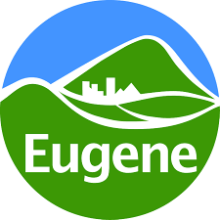Grant Gets Project Going In Sanford
Sanford, Maine’s plan to build a municipal open access fiber-optic network just got the shot in the arm it needs to move forward. On September 27th, the U.S. Economic Development Administration (EDA) awarded the community $769,000 in grant funding to complete the $1.5 million project.
Mightiest Muni In Maine
About a year ago, we shared details about the plan to deploy what will be the largest publicly owned fiber-optic network in the state. The 45-mile network will run through Sanford, but will also travel through Alford, Kennebunk, and Wells and will connect to Maine’s statewide network, the Three Ring Binder. “We’re creating the fourth ring on the 3-Ring Binder,” said City Manager Steve Buck, in a recent Journal Tribune article.
The city of Sanford will own the infrastructure and GWI, headquartered in Biddeford, will operate the network. GWI does not have an exclusive agreement, so other providers could also offer Internet access or other data services over the infrastructure. For the time being, the network will serve primarily community anchor institutions (CAIs), government facilities, and business customers.
GWI also intends to offer residential Fiber-to-the-Home (FTTH) to properties along the fiber route in areas where there is sufficient demand. They will make Gigabit (1,000 Megabits per second) symmetrical connectivity available so speeds will be the same for download and upload. Other providers may use the backbone to offer similar services; the backbone will have 10 Gigabit symmetrical capacity.
Economic Development Needed



